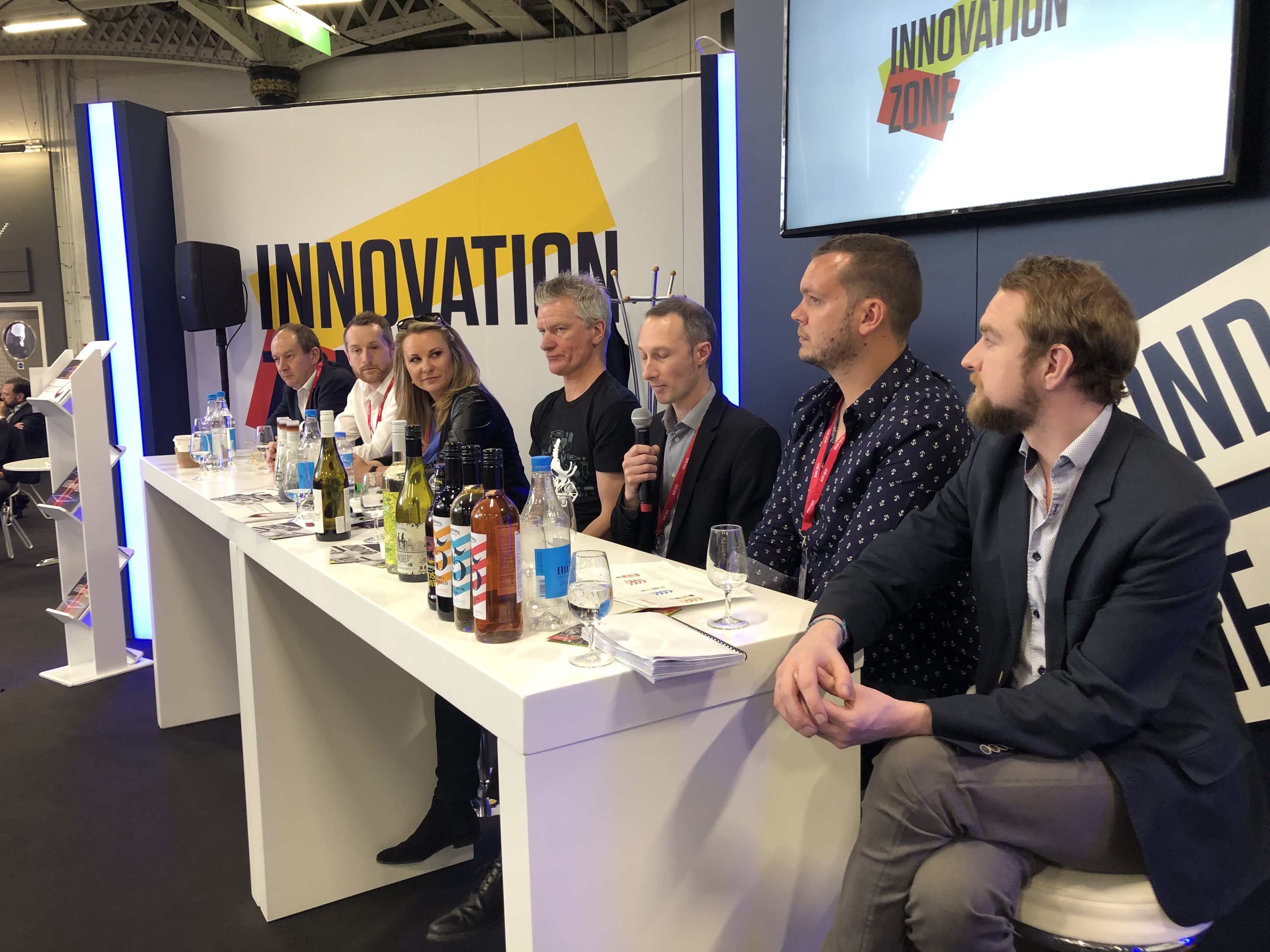The low and non-alcohol debate was one of the biggest draws on the Innovation Zone at last month’s London Wine Fair. But whilst the industry is clearly keen to find out what the trends around low and no-alcohol are, does it have the skills, knowledge and ambition to do anything about it?
Whisper it gently but the future of wine might soon become less about where it is from, what style of grape variety it is and how much it costs, but how much alcohol is in it.
Outside of the trading halls of ProWein, Vinexpo and the World Bulk Wine Exhibition there is a very different wine and drinks market emerging. One which has more to do with the soft drinks industry than alcohol.
Whether we want to face up to it or not, consumers are changing and changing fast. Yes, there is still plenty of the world still to even discover wine, never mind give it up, but even in those countries, particularly the US and China, the big challenge is not what wine we can convince them to buy, but can we persuade them to buy any wine, or beer, or spirits at all?
The move to low and non-alcohol products is fast becoming one of the biggest trends and influence on the global drinks market.
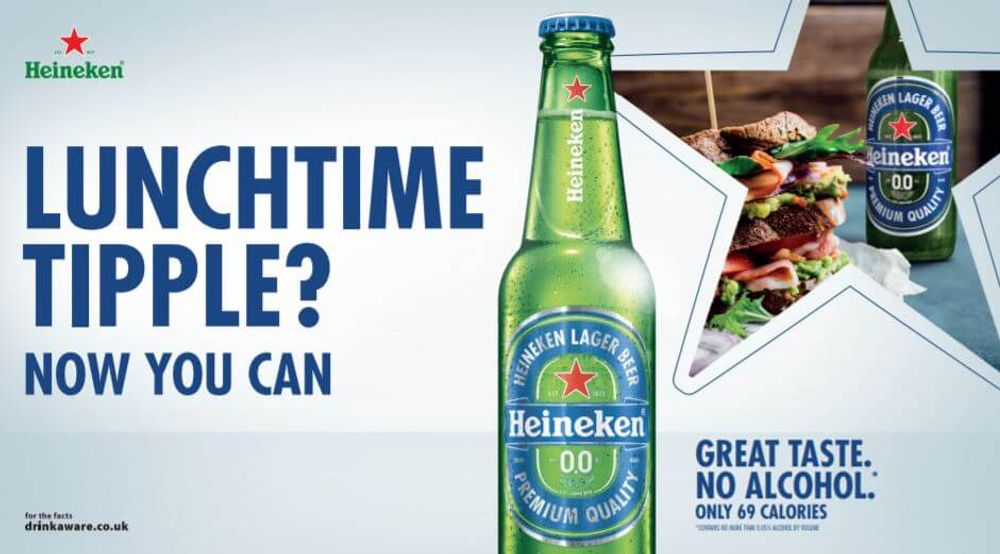
High profile beer brand launches like Heineken 0% have helped move the dial on low and non-alcohol drinks
It’s also not just drinks industry issue. Living better and healthier lifestyles is now the standard choice for over 90% of consumers, according to global advertising agency, J Walter Thompson. Drinks research body, IWSR, claims up to a third of 18-24 year-olds don’t drink alcohol at all and have no intention of starting. If the wine and drinks industry wants to be relevant to any, or some or these consumers, it is going to have to look at the products it is making and how relevant they are to their target audiences.
What’s more it is happening all over the world. Distill Ventures, the drinks accelerator and investment arm of Diageo, has just released a major study into the future and potential economic impact of non-alcoholic drinks. It found that 81% of consumers globally are looking specifically for non-alcoholic drinks than they were a year ago and that 17% of conversations around non-alcoholic drinks are coming from consumers between the ages of 35-44.
What is the drinks trade doing?
Ivan Dixon, head of spirits at Enotria&Coe, speaking at a debate at last month’s week’s London Wine Fair, said: “It’s happening. It’s going to be massive and we need to be believe in it.”
Entotria&Coe, he said, is having to respond to what its customers wants and is introducing 30 new low/no products this year into the on-trade ranging from sparkling teas to kombucha. “I did not see this trend coming. Seedlip was the game changer for the low/no category,” said Dixon.
In fact it was Distill Ventures that took on and helped develop Seedlip grow and it is working with a number of other non and low alcohol start up brands. In fact Shilen Patel, co-founder Distill Ventures says non-alcoholic brands now account for around 25% of the brands it is working with in its portfolio.
Its low and no-alcohol study shows the market has already moved. The majority of restaurants in London, 55%, already provide a premium non-alcoholic offer, as do 40% of on-trade outlets in Los Angeles. Up to 42% of the wider London on-trade expect non-alcoholic drinks, including wine, to be a key part of their sales mix over the next 12 months.
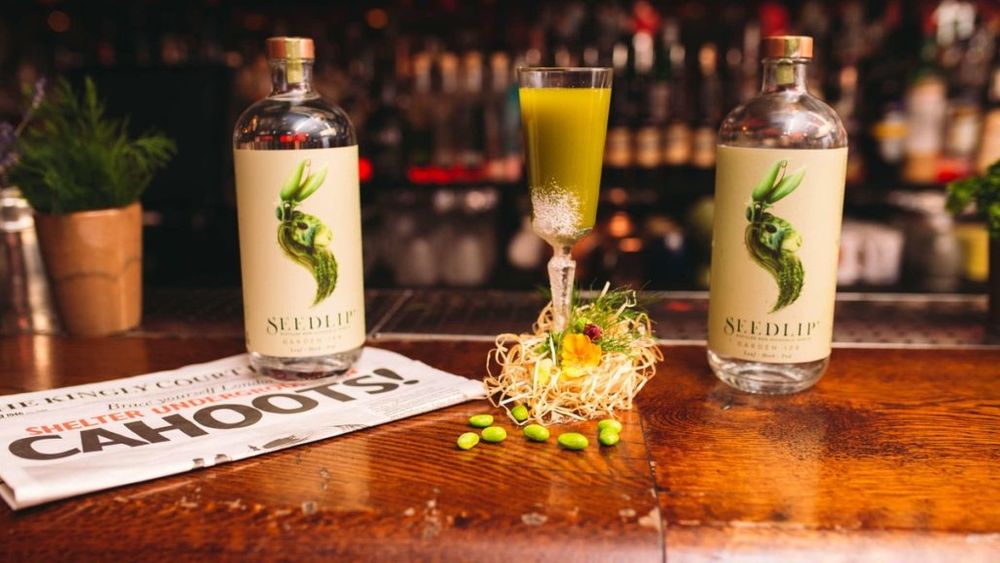
Seedlip has become the go to brand for style bars looking to serve non-alcoholic cocktails
Consumer demand
They are responding to consumer demand, says Distill Ventures: “Sixty one per cent of consumers reported they want better choice when it comes to non-alcoholic drinks. Meaningful experiences, curiosity around flavour and a plethora of choices remain relevant trends in socialising and how people spend their free time. The confluence of these trends has underpinned the exponential growth of non-alcoholic drinks in influential bars and restaurants, supermarkets and other retail spaces,” it says in its report.
It is also making bars and restaurants money. Of the 76 bars and restaurants that Distill Ventures surveyed in Los Angeles and 75 in New York, it found that the incremental revenue from non-alcoholic drinks had gone up by over $2 million in the last year evenly split between the two cities. Together, these outlets sold nearly 150,000 non-alcoholic drinks during the time of the survey with the average account In Los Angeles generating an additional $13,300 and $10,500 in New York yearly.
This does not surprise Mark Meek, chief executive at IWSR. He says the exciting factor in the rise of non-alcoholic drinks for the industry is that there is still lots of money to be made for consumers looking for these products don’t want to be excluded from the experience of going out to a bar and sharing drinks with friends. They still want to be offered drinks that are as well made and as sophisticated and as crafted as the alcoholic versions, they just don’t want any booze in them.
The reason the New York and Los Angeles bars and restaurants saw an incremental growth lies in the fact consumers are still happy to pay $15 for a cocktail as they are for a cocktail or gin and tonic.
Distill Ventures also found the increase in non-alcoholic drinks did not have an impact on consumers wanting to go out. In the UK, 59% of people are ordering non-alcoholic drinks on nights out when they are also drinking alcohol. Even if they don’t order them, 75% of what Distill calls “influential consumers” wants to see them being offered.
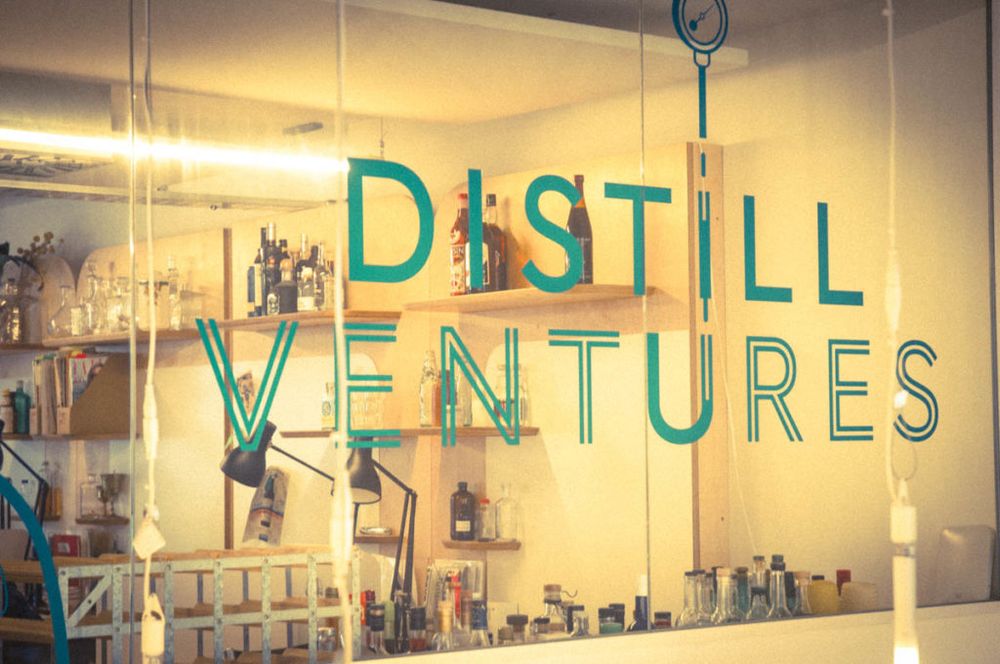
A quarter of the brands that Distill Ventures is working with are in low and no-alcohol
Are the products good enough?
The big stumbling block in the past with no and low-alcoholic drinks has been their quality. But we are now seeing some major changes that could have a big knock-on effect across different drinks categories.
The big factor is beer and the fact that it looks like the big brewers have finally cracked the 0% abc market with high profile brands such as Heineken 0%.
Most major and even regional and craft brewers now have 0% or 0.5% options in their range. Tom Evans, who even has the job title of low/no drinks ambassador at Adnams Brewery in Suffolk in the UK, said its 0.5% beer brand, Ghost Ship, is now its fifth biggest seller “and it can’t make enough of it”.
Wine, though, is proving a tougher nut to crack, but again there are huge opportunities. Particularly around wines that can use advanced spinning cone technology to take alcohol down to 0% or 0.5%. The issue here, though, is quality and how you can keep the flavour and texture of wine with no alcohol.
There are plenty, though, who are willing to give it a go, aided and abetted by the spinning cone companies who have been working in the bulk wine sector for some time, like Conetech.
The wine opportunity
Broadland Wineries, for example, in the UK has used spinning cone technology to introduce its own 0.5% range that it claims still has a good wine taste to it. Interestingly Simon Oastler at Broadland Wineries says it is important to keep track of the consumers you are trying to target with these wines. They are not necessarily going to be wine aficionados looking for the full wine experience, but are in fact are as varied as all wine drinkers are. Some, he says, are looking for as close to a real wine as they can get, whilst others just want a refreshing, fruity drink that looks like wine that they can have with their dinner.
Adnams has also got a 0.5% wine range and Evans says here the opportunity is to both sell it is a standing wine, but to also promote it as being ideal for low-alcohol cocktails or to use, say, in Sangria.
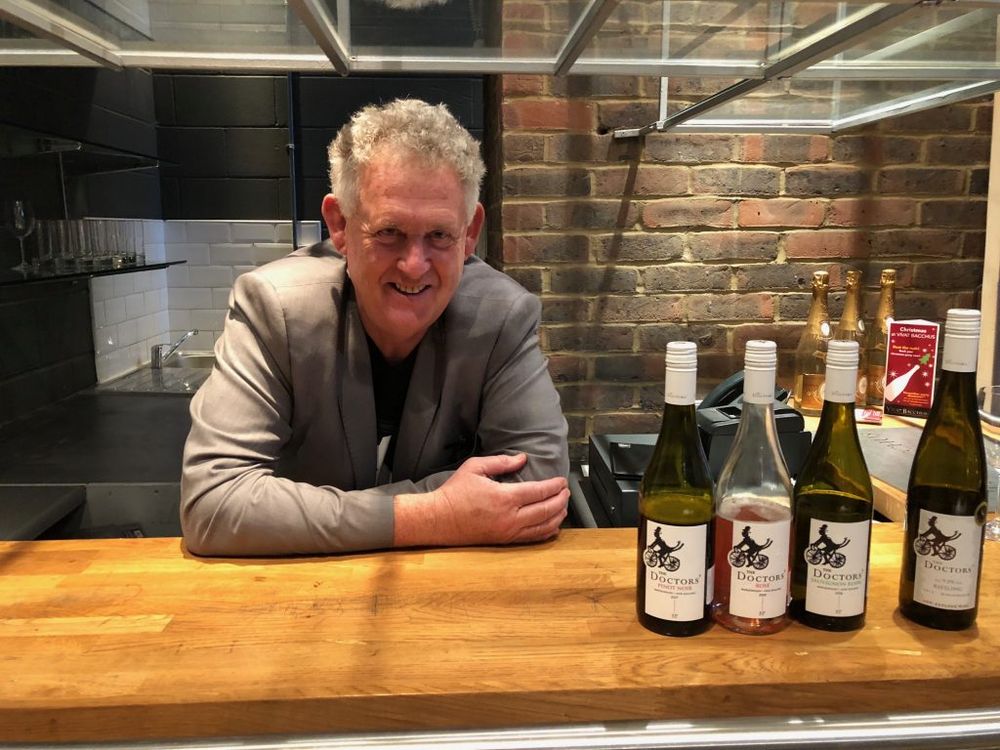
Dr John Forrest and his Doctor’s wine range that sits at 9.5%
Then there are those wines that are between 5% and 10% that can offer a better wine option. Like the Doctor’s range of wines from New Zealand made by Dr John Forrest who has developed a way of raising the canopy of leaves over the grapes that allow the grapes to mature, and ripen without taking on the sugars that raise alcohol levels. It has developed a range at 9.5% that UK distributor, Seckford Agencies, should be positioned as a premium lower alcohol wine.
It’s exciting and good to see so many options being explored. For clearly the market, the demand and the consumer is there. It’s up to the wine industry to look at what is happening in other sectors, most noticeably beer, and see what steps it needs to take to make sure it is taking its share and is relevant to this booming low and no alcohol drinks sector.
* You can access the full white paper from Distill Ventures ‘Non-Alcoholic Drinks: A Growth Story’ by clicking here.
